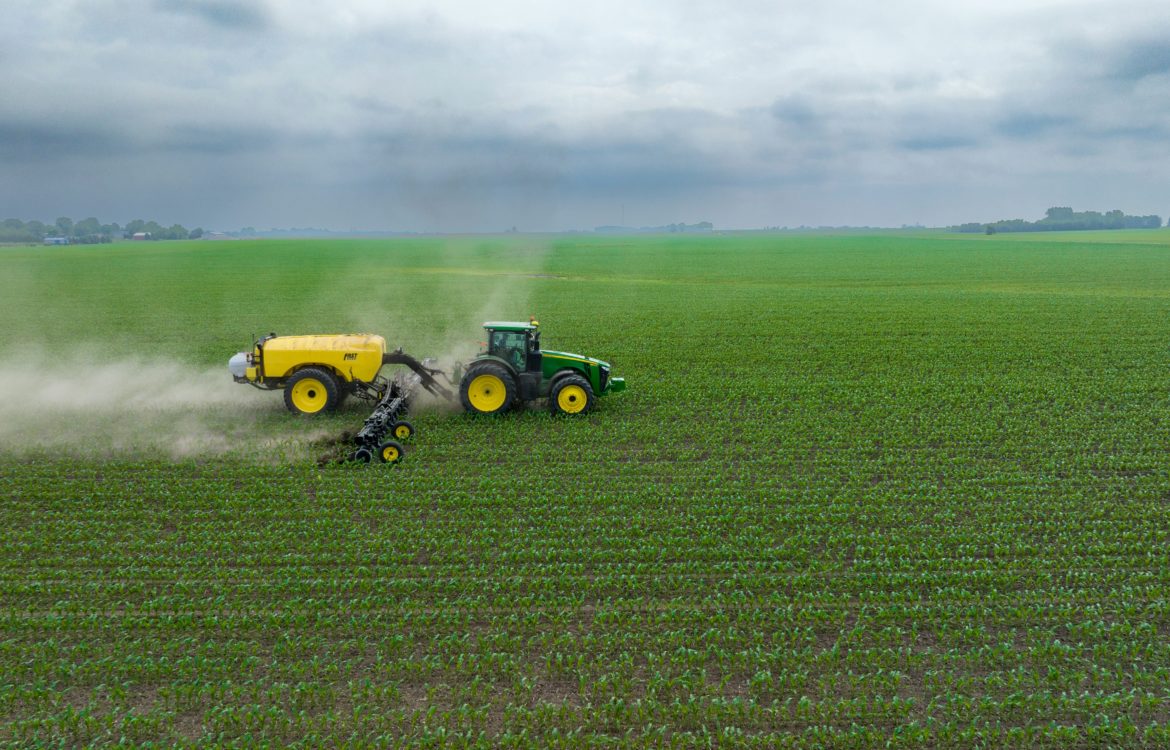
Digital technologies in agroecological transitions: Underlying issues
Written by Harika Mesaala.
Digital technologies such as smartphone apps, artificial intelligence, robotics, sensors, nanotechnology, gene editing technology, blockchain and data analytics are already at a niche stage in the current agricultural and food system and are expected to be implemented at full scale in the future[1] . The application of these technologies in agriculture is being considered as the ‘fourth agricultural revolution’ or ‘Agriculture 4.0’ [2] and international organisations such as World Bank, FAO and OECD are citing the potential of digital technologies in solving the food and nutrition security challenges [3]. Yet, the role of digital technologies in agriculture still remain debated due to their potential social, ethical and environmental consequences.
On the contrary, the role of digital technologies in realizing the goal of sustainable food systems has been highlighted in many studies. At this juncture, a good deal of research is in progress debating the impact of digitalisation on the agroecological transitions. Agroecology is a farming practice which follows an ecological approach to farming besides adapting social principles such as co-creation and sharing of knowledge, responsible governance, culture and food traditions, diversity and resilience [4]. It is demonstrated that agroecological systems can directly help in realizing 12 of the 17 sustainable development goals [5]. Yet, the transition to agroecological farming is not an easy process and it comes up with its own challenges.
One narrative states that, digital technologies, if properly oriented, could open up diverse opportunities to meet the challenges of agroecological transition while contributing to the principles of agroecology [6] including:
- Better management of resources: Precision technologies such as sensors and regulated sprayers can aid in detecting and adjusting the input doses (fertilizer and water) for each individual crop in a heterogenous farm resulting in input use efficiency.
- Informed decision making: Food system actors can take informed decisions based on the available data collected using drones and satellite imagery which is made accessible through information and communication technologies (ICTs).
- Strengthened solidarity and knowledge sharing: Collective acquisition and use of digital equipment could strengthen relations in a community while resulting in mutual sharing of information regarding agroecological and other farming practices.
- Better profits: Drones and farm machinery can reduce the cost of monitoring pests and manual labour thereby resulting in increased profits for the farmer.
- Transparency in supply chain and marketing: Logistics services and traceability technologies can aid in streamlining the supply chains while providing reliable information to the consumer. Online marketing platforms can increase the access of good quality produce to the consumer while opening new markets for the producers.
Despite the benefits, another narrative outlines the potential risks associated with digitalisation opposing the agroecological principles. They include:
- Social exclusion: Lack of knowledge, capital and internet connectivity
- Trust issues with data ownership and privacy
- Power imbalances among actors of food system due to the entry of new actors such as big tech companies into the system
- Higher energy consumption leading to more resource use and greater environmental footprint
However, research at stakeholder and policy level is suggesting levers that could reduce the risks associated and maximize the benefits of digital technologies in agroecological transitions. They include user participation, financial incentives, powerful data protection laws and stakeholder training. Still, the implementation of these strategies and their impact analysis is uncertain leaving the floor open for further research on how digital technologies could be tailored to foster agroecological principles with the following questions in mind:
- How digital technologies can support farmers in managing diversity and circularity in an agroecological farm?
- How farmers can be assisted in accomplishing complex tasks such as manual weeding in a heterogenous farm?
References
[1] L. Klerkx and D. Rose, “Dealing with the game-changing technologies of Agriculture 4.0: How do we manage diversity and responsibility in food system transition pathways?,” Glob Food Sec, vol. 24, p. 100347, Mar. 2020, doi: 10.1016/j.gfs.2019.100347.
[2] D. C. Rose and J. Chilvers, “Agriculture 4.0: Broadening Responsible Innovation in an Era of Smart Farming,” Front Sustain Food Syst, vol. 2, Dec. 2018, doi: 10.3389/fsufs.2018.00087.
[3] J. Mcfadden, “THE DIGITALISATION OF AGRICULTURE A LITERATURE REVIEW AND EMERGING POLICY ISSUES The Digitalisation of Agriculture: A Literature Review and Emerging Policy Issues,” 2022.
[4] “HARNESSING THE POTENTIAL OF THE 10 ELEMENTS OF AGROECOLOGY TO FACILITATE AGRIFOOD SYSTEMS TRANSFORMATION FROM VISUAL NARRATIVES TO INTEGRATED POLICY DESIGN.”
[5] “Swiss national FAO Committee CNS-FAO Agroecology as a means to achieve the Sustainable Development Goals A discussion paper.”
[6] V. Bellon-Maurel, L. Brossard, F. Garcia, N. Mitton, and A. Termier, Agriculture and Digital Technology. 2022. [Online]. Available: https://hal.inrae.fr/hal-03604970

